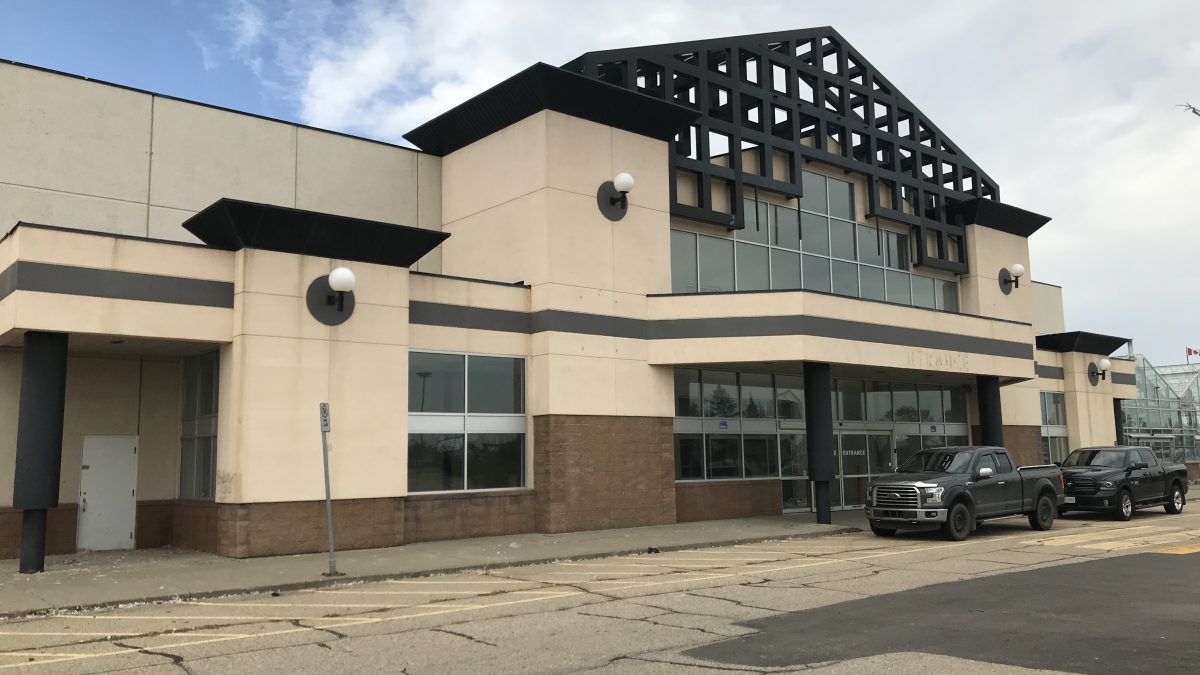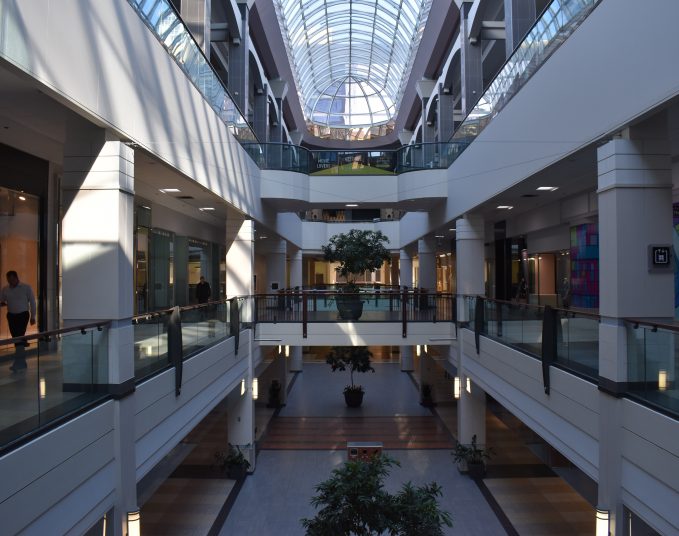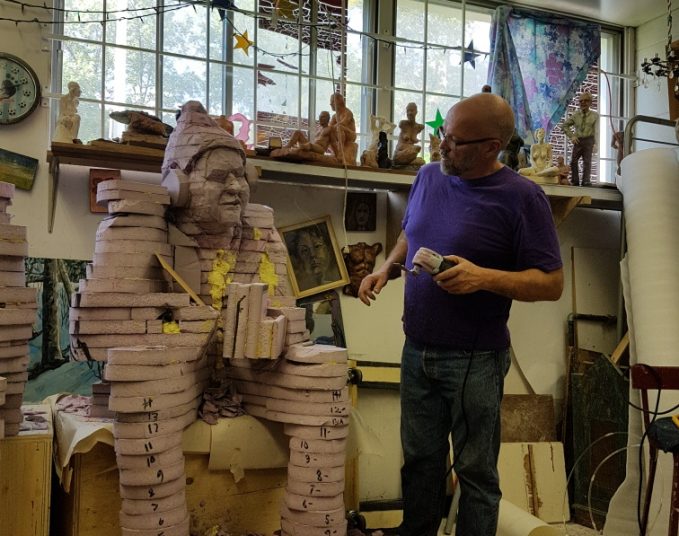They paved paradise to put up a bunch of parking lots. Now what happens when people have no reason to park?
Big box stores are falling fast in Edmonton and across North America, a trend marked by the bankruptcy of once-iconic department store Sears and local closures by the likes of electronics giant Best Buy, budget retailer Target, and even The Bay, a company that practically built the colonial state we live in.
In cases like the shuttered southside Rona hardware store on Parsons Road, these buildings are (or were) essentially standalone warehouses with massive parking lots and no reason to visit other than to buy things from that single retailer.
“The reason we’re losing so many big box stores is that customers just don’t like them,” says Heather Thomson, executive director of the Centre for Cities and Communities at the University of Alberta. “If you’re a business and all you do is house products for people to purchase, that business model has proved to be not successful.”
This trend was exacerbated by the COVID-19 pandemic and will almost certainly continue in the short term, largely because of the ease and selection offered by online shopping. Thomson says big retail closures are consistent across Edmonton, with the exception of the booming southwest suburbs.
When these massive spaces sit empty, nuisance complaints and safety concerns often follow.
But it’s not easy to find a taker for a 200,000-square-foot warehouse building, especially if other nearby vacancies have turned the area into a dead zone. Thomson says this has become a big problem in downtown Fort McMurray, several hours northeast of Edmonton.
“Ultimately, developers won’t want to invest their own money because it doesn’t look like there is a lot of confidence in the neighbourhood in general,” she says. “It’s a tricky thing that municipalities need to be aware of. The last thing we want to see is an entire community with ‘vacancy’ signs and ‘for lease’ signs. That is a depressing area. And we’re going to see that, just because there is so much space available.”
The trend is hitting even the world’s most profitable chains, with Walmart, Gap, Victoria’s Secret and Bed Bath & Beyond all planning to close more doors across Canada. Walmart, which closed its Abbotsfield location in 2021, is planning to close its store at Westmount Mall, though a new location is being constructed at Kingsway Mall.
North American cities ultimately have too much inventory of physical space for both office and retail, Thomson says, and not enough space for housing. She cites Edmonton’s Bonnie Doon Shopping Centre, which formerly housed a Target and other stores that are now shuttered, as an example of community-focused restoration. Morguard Investment Ltd. is redeveloping it as a high-density, mixed-use, transit-oriented community.
People are also looking for experiences that are more than just a shopping trip. In Quebec, Cirque du Soleil recently turned a former 150,000-square-foot Sears store into a family entertainment centre where members of the public can participate in Cirque-inspired activities.
Thomson says a recalibration is underway that will see shopping areas turned into a mix of child care, grocery stores, lodging, gyms, yoga studios, medical and professional services – whatever makes the right mix to drive foot traffic and get people to spend money.
Whatever approach cities take, they will have to embrace creativity. Thomson’s research has shown the key to success is beautification, which can be achieved through thoughtful street designs and infrastructure, as well as public art.
The Mural Massive festival, kicking off its third year on Sept. 3, is just the sort of thing that could brighten up Edmonton’s vacant spaces. Put on by Grindstone Theatre, the festival sees artists paint murals on empty walls around the city, and some on portable plywood. The Downtown Business Association is working with the Doubletree Hotel, which has been repeatedly vandalized, to get mural boards up in place of its broken windows.
“We definitely want that increase in business and activation of spaces through art,” says Grindstone’s artistic director and founder, Byron Martin.
But, in a 2019 research paper looking at ways to activate Edmonton’s empty storefronts with arts-based activities, author Sydney Gross suggests getting artists to fill those spaces is an opportunity stymied by strict zoning rules and high costs.
Thomson suggests governments step up with incentive programs to stimulate investment and transform parking lots and derelict buildings into something attractive. If they don’t, she warns, people will simply stay away.
“The fundamental thing out of all of these shifts is that if these spaces are not pretty, people don’t want them,” Thomson says. “It doesn’t matter if you have a plumbing supply company, it has to be aesthetically pleasing in one way or another.”
Savvy AF. Blunt AF. Edmonton AF.




